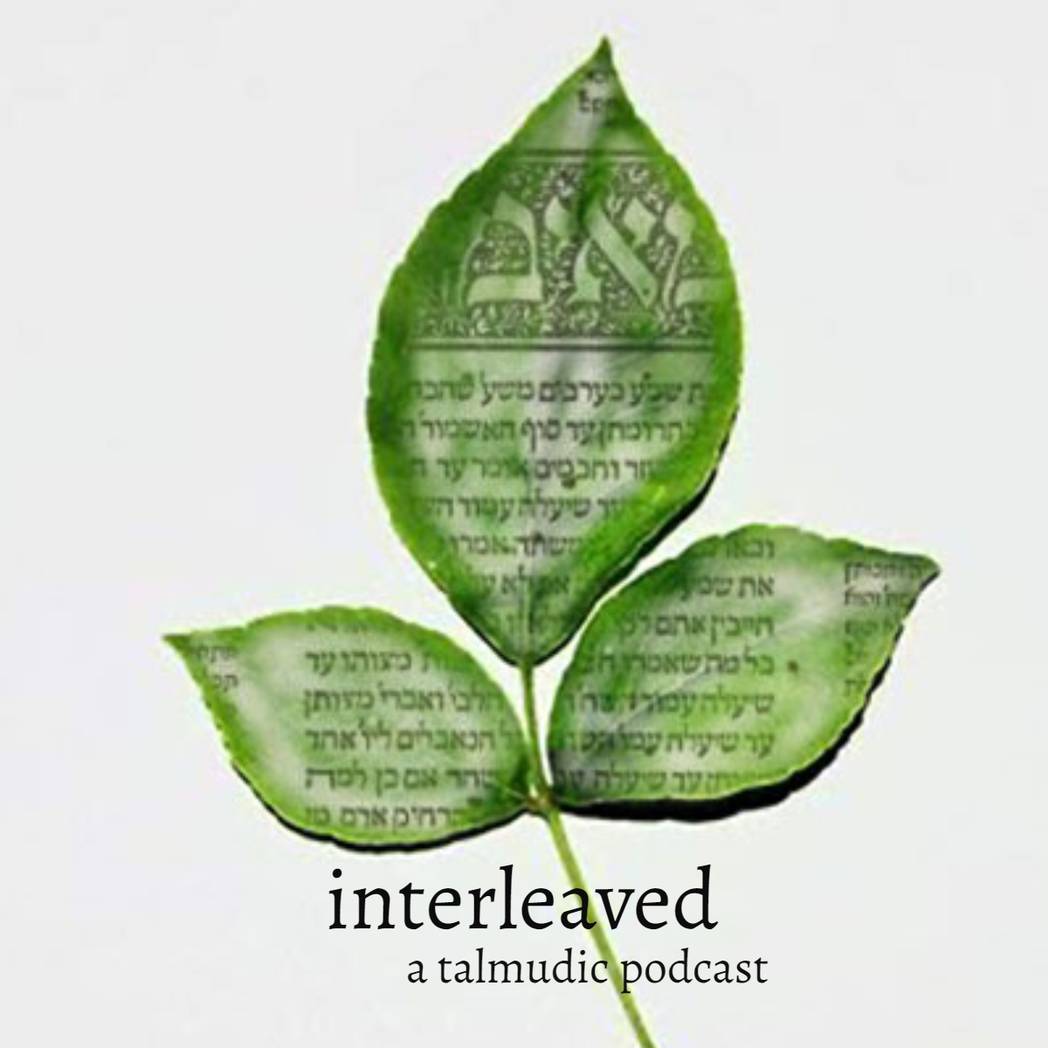Ed: Jonathan L. Friedmann & Joel Gereboff
From biblical times until today the shofar has served an array of practical purposes and communicated a range of symbolic meanings. The roughly seventy references to the shofar in the Hebrew Bible show four stereotypical functions: announcing the divine presence, accompanying sacred ceremonies, proclaiming kingship, and signaling on the battlefield. In addition to the above purposes, the shofar served as a symbol for messages of joy, fear, group identity, and redemption. This volume, written by prominent Jewish scholars and faith leaders, examines the role of the shofar in the Hebrew Bible and subsequent Jewish life, including even appearances in popular literature of the present day.
(כא) וְשֵׁ֥ם אָחִ֖יו יוּבָ֑ל ה֣וּא הָיָ֔ה אֲבִ֕י כׇּל־תֹּפֵ֥שׂ כִּנּ֖וֹר וְעוּגָֽב׃
(כז) לָ֤מָּה נַחְבֵּ֙אתָ֙ לִבְרֹ֔חַ וַתִּגְנֹ֖ב אֹתִ֑י וְלֹא־הִגַּ֣דְתָּ לִּ֔י וָֽאֲשַׁלֵּחֲךָ֛ בְּשִׂמְחָ֥ה וּבְשִׁרִ֖ים בְּתֹ֥ף וּבְכִנּֽוֹר׃
(ב) עֲשֵׂ֣ה לְךָ֗ שְׁתֵּי֙ חֲצֽוֹצְרֹ֣ת כֶּ֔סֶף מִקְשָׁ֖ה תַּעֲשֶׂ֣ה אֹתָ֑ם וְהָי֤וּ לְךָ֙ לְמִקְרָ֣א הָֽעֵדָ֔ה וּלְמַסַּ֖ע אֶת־הַֽמַּחֲנֽוֹת׃
(ה) אַ֣חַר כֵּ֗ן תָּבוֹא֙ גִּבְעַ֣ת הָאֱלֹהִ֔ים אֲשֶׁר־שָׁ֖ם נְצִבֵ֣י פְלִשְׁתִּ֑ים וִיהִי֩ כְבֹאֲךָ֨ שָׁ֜ם הָעִ֗יר וּפָגַעְתָּ֞ חֶ֤בֶל נְבִאִים֙ יֹרְדִ֣ים מֵהַבָּמָ֔ה וְלִפְנֵיהֶ֞ם נֵ֤בֶל וְתֹף֙ וְחָלִ֣יל וְכִנּ֔וֹר וְהֵ֖מָּה מִֽתְנַבְּאִֽים׃
(ה) וְדָוִ֣ד ׀ וְכׇל־בֵּ֣ית יִשְׂרָאֵ֗ל מְשַֽׂחֲקִים֙ לִפְנֵ֣י יְהֹוָ֔ה בְּכֹ֖ל עֲצֵ֣י בְרוֹשִׁ֑ים וּבְכִנֹּר֤וֹת וּבִנְבָלִים֙ וּבְתֻפִּ֔ים וּבִמְנַעַנְעִ֖ים וּֽבְצֶלְצֱלִֽים׃
(ב) הוֹד֣וּ לַיהֹוָ֣ה בְּכִנּ֑וֹר בְּנֵ֥בֶל עָ֝שׂ֗וֹר זַמְּרוּ־לֽוֹ׃
with the ten-stringed harp sing to Him;
(ה) זַמְּר֣וּ לַיהֹוָ֣ה בְּכִנּ֑וֹר בְּ֝כִנּ֗וֹר וְק֣וֹל זִמְרָֽה׃ (ו) בַּ֭חֲצֹ֣צְרוֹת וְק֣וֹל שׁוֹפָ֑ר הָ֝רִ֗יעוּ לִפְנֵ֤י ׀ הַמֶּ֬לֶךְ יְהֹוָֽה׃
with the lyre and melodious song. (6) With trumpets and the blast of the horn
raise a shout before the LORD, the King.

Carved and engraved goat’s horn
Length 450 mm (17.7 inch) 19th century
acquired as part of the wartime shipment of 1942-1945, collection point Kolín on display at the JMP's permanent exhibition in the Klausen Synagogue

Brooklyn Museum: 18th-century shofar with 20th-century Hebrew inscription, from the Bible (Genesis 22:13), that reads: "And Abraham lifted up his eyes and looked behind him a ram caught in a thicket by his horns; and Abraham went and took the ram, and offered him up for a burnt-offering instead of his son."
14 1/2 x 6 1/2 in. (36.8 x 16.5 cm).
Creative Commons-BY-NC

Report of the US National Museum, 1899; "Descriptive catalogue of a collection of objects of Jewish ceremonial deposited in the U. S. National museum by Hadji Ephraim Benguiat",
Cyrus Adler and I.M. Casanowicz.
Plate 9, Ram's Horn, Catalog Number 154589, U.S.N.M., http://hdl.handle.net/2027/hvd.hn5k3x
(ג) וּבְשׁוֹפָר גָּדוֹל יִתָּקַע וְקוֹל דְּמָמָה דַקָּה יִשָׁמַע וּמַלְאָכִים יֵחָפֵזוּן וְחִיל וּרְעָדָה יֹאחֵזוּן וְיֹאמְרוּ הִנֵּה יוֹם הַדִּין לִפְקֹד עַל צְבָא מָרוֹם בַּדִּין כִּי לֹא יִזְכּוּ בְּעֵינֶיךָ בַּדִּין וְכָל בָּאֵי עוֹלָם יַעַבְרוּן לְפָנֶיךָ כִּבְנֵי מָרוֹן כְּבַקָּרַת רוֹעֶה עֶדְרוֹ מַעֲבִיר צֹאנוֹ תַּחַת שִׁבְטוֹ כֵּן תַּעֲבִיר וְתִסְפֹּר וְתִמְנֶה וְתִפְקֹד נֶפֶשׁ כָּל חָי וְתַחְתֹּךְ קִצְבָה לְכָל בְּרִיָּה וְתִכְתֹּב אֶת גְּזַר דִּינָם
(3) And with a great shofar it is sounded, and a thin silent voice shall be heard. And the angels shall be alarmed, and dread and fear shall seize them as they proclaim: behold! the Day of Judgment on which the hosts of heaven shall be judged, for they too shall not be judged blameless by you, and all creatures shall parade before you as a herd of sheep. As a shepherd herds his flock, directing his sheep to pass under his staff, so do you shall pass, count, and record the souls of all living, and decree a limit to each persons days, and inscribe their final judgment.
Alfred Sendrey
This work is a comprehensive treatment of the music of Biblical and early Talmudic times. It is thoroughly documented, setting forth the origins, forms and ethos of Hebrew music. It draws upon the most recent archaeological discoveries and contemporary Biblical research, dealing not only with sacred music, but also the broad field of ancient secular music which up to now has been only dimly comprehended. Of special interest to the Christian world in this period of ecumenical discussion is the clarity with which Dr. Sendrey interprets the common musical legacy shared between Judaism and Christianity. // Dr. Sendrey is Professor of Musicology at the University of Judaism in Los Angeles and is widely known in the world of musicology for his important Bibliography of Jewish Music, published by Columbia University Press (1951). This work is today the primary source book for Jewish music research and is used throughout the world. // Alfred Sendrey was a Hungarian-American conductor and composer. A pupil of Koessler at the Budapest Academy (1901-5), he worked in Germany, the USA and Austria as an opera conductor, (also of the Leipzig SO, 1924-32), then moved to Paris (1933-40) and finally to the USA, where he completed his studies of Jewish music.
(כה) בָּרוּךְ אַתָּה יְהֹוָה אֱלֹהֵֽינוּ מֶֽלֶךְ הָעוֹלָם אֲשֶׁר קִדְּשָֽׁנוּ בְּמִצְוֹתָיו וְצִוָּֽנוּ לִשְׁמֹֽעַ קוֹל שׁוֹפָר:
(25) Blessed are You, Adonoy, our God, King of the Universe Who sanctified us with His commandments and commanded us to hear the sound of the shofar.




